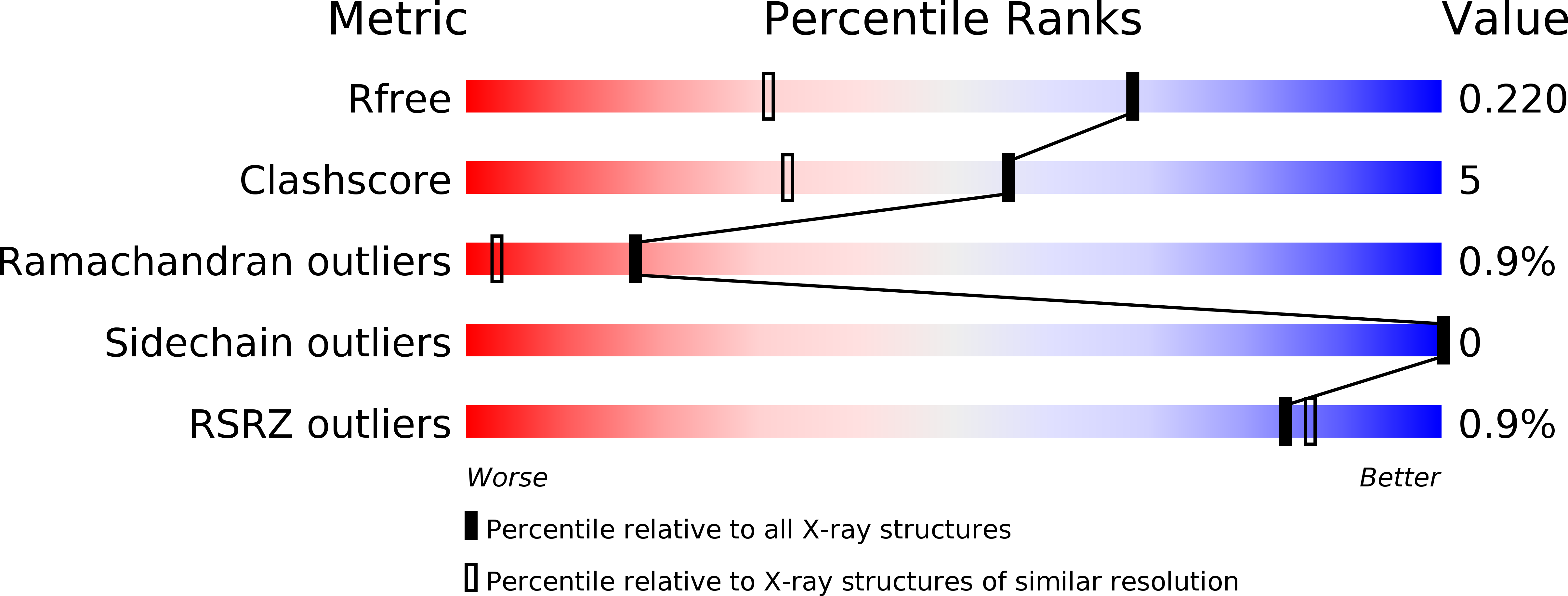
Deposition Date
2008-09-09
Release Date
2009-02-03
Last Version Date
2023-12-13
Entry Detail
PDB ID:
2JLH
Keywords:
Title:
Crystal Structure of the Cytoplasmic domain of Yersinia Pestis YscU N263A mutant
Biological Source:
Source Organism:
YERSINIA PESTIS (Taxon ID: 632)
Host Organism:
Method Details:
Experimental Method:
Resolution:
1.53 Å
R-Value Free:
0.21
R-Value Work:
0.18
R-Value Observed:
0.18
Space Group:
P 43 21 2


